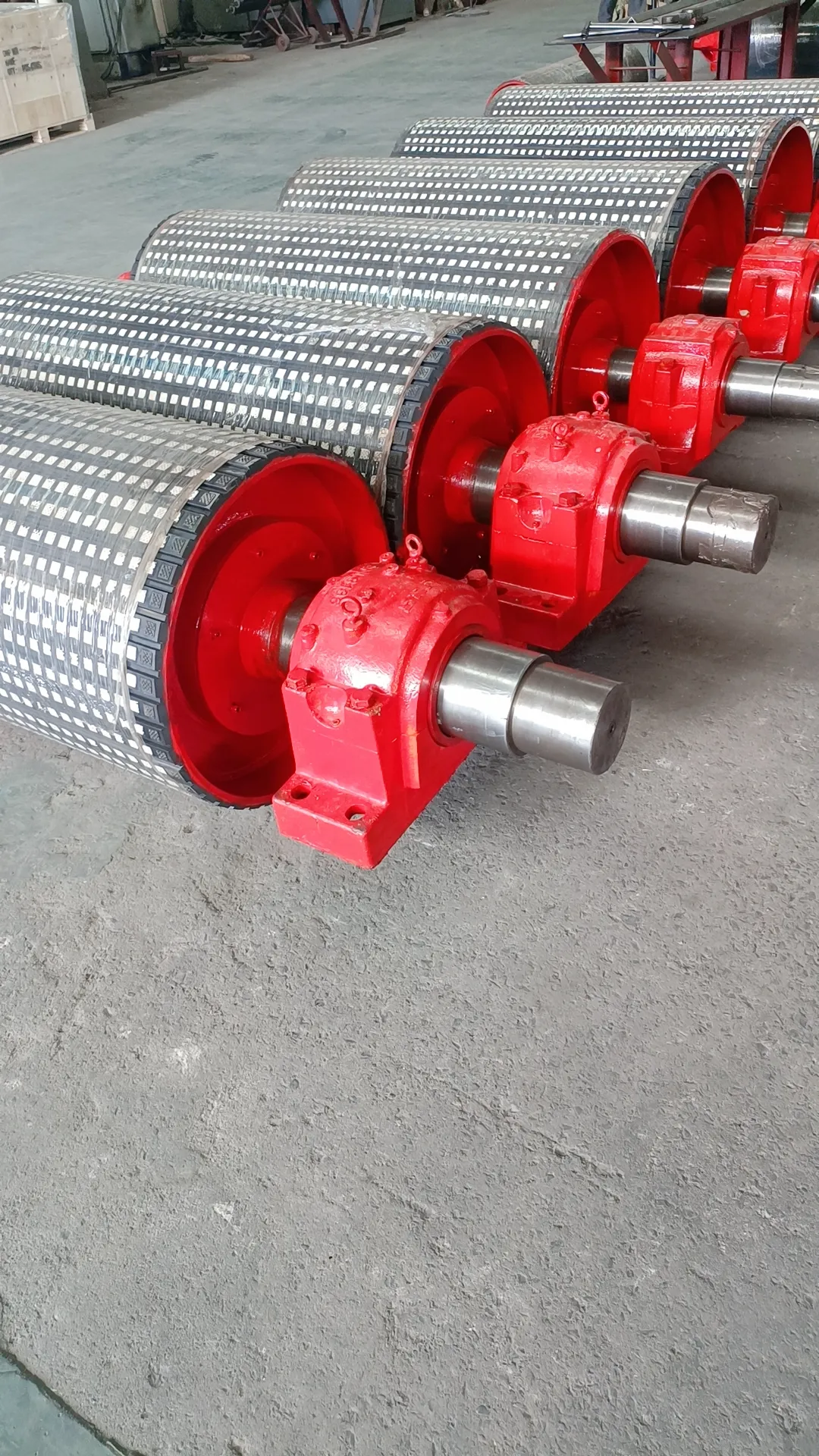 Afrikaans
Afrikaans  Albanian
Albanian  Amharic
Amharic  Arabic
Arabic  Armenian
Armenian  Azerbaijani
Azerbaijani  Basque
Basque  Belarusian
Belarusian  Bengali
Bengali  Bosnian
Bosnian  Bulgarian
Bulgarian  Catalan
Catalan  Cebuano
Cebuano  Corsican
Corsican  Croatian
Croatian  Czech
Czech  Danish
Danish  Dutch
Dutch  English
English  Esperanto
Esperanto  Estonian
Estonian  Finnish
Finnish  French
French  Frisian
Frisian  Galician
Galician  Georgian
Georgian  German
German  Greek
Greek  Gujarati
Gujarati  Haitian Creole
Haitian Creole  hausa
hausa  hawaiian
hawaiian  Hebrew
Hebrew  Hindi
Hindi  Miao
Miao  Hungarian
Hungarian  Icelandic
Icelandic  igbo
igbo  Indonesian
Indonesian  irish
irish  Italian
Italian  Japanese
Japanese  Javanese
Javanese  Kannada
Kannada  kazakh
kazakh  Khmer
Khmer  Rwandese
Rwandese  Korean
Korean  Kurdish
Kurdish  Kyrgyz
Kyrgyz  Lao
Lao  Latin
Latin  Latvian
Latvian  Lithuanian
Lithuanian  Luxembourgish
Luxembourgish  Macedonian
Macedonian  Malgashi
Malgashi  Malay
Malay  Malayalam
Malayalam  Maltese
Maltese  Maori
Maori  Marathi
Marathi  Mongolian
Mongolian  Myanmar
Myanmar  Nepali
Nepali  Norwegian
Norwegian  Norwegian
Norwegian  Occitan
Occitan  Pashto
Pashto  Persian
Persian  Polish
Polish  Portuguese
Portuguese  Punjabi
Punjabi  Romanian
Romanian  Russian
Russian  Samoan
Samoan  Scottish Gaelic
Scottish Gaelic  Serbian
Serbian  Sesotho
Sesotho  Shona
Shona  Sindhi
Sindhi  Sinhala
Sinhala  Slovak
Slovak  Slovenian
Slovenian  Somali
Somali  Spanish
Spanish  Sundanese
Sundanese  Swahili
Swahili  Swedish
Swedish  Tagalog
Tagalog  Tajik
Tajik  Tamil
Tamil  Tatar
Tatar  Telugu
Telugu  Thai
Thai  Turkish
Turkish  Turkmen
Turkmen  Ukrainian
Ukrainian  Urdu
Urdu  Uighur
Uighur  Uzbek
Uzbek  Vietnamese
Vietnamese  Welsh
Welsh  Bantu
Bantu  Yiddish
Yiddish  Yoruba
Yoruba  Zulu
Zulu conveyor drum pulley
The Importance of Conveyor Drum Pulleys in Material Handling Systems
In modern industrial environments, the efficiency of material handling systems plays a crucial role in overall productivity. One of the pivotal components of these systems is the conveyor belt, which is responsible for transporting a wide range of materials, from raw products to finished goods. Among the various parts of a conveyor system, the conveyor drum pulley stands out as essential for the operation and reliability of the entire system.
Understanding Conveyor Drum Pulleys
Conveyor drum pulleys, often simply referred to as pulleys, are cylindrical devices situated at either end of a conveyor belt. They play a critical role in driving the belt and supporting the material being transported. Pulleys are available in different types, including drive pulleys, return pulleys, and tail pulleys, each designed to serve a specific function within the conveyor system.
Drive pulleys are the primary source of power in the system, responsible for moving the conveyor belt and ultimately the materials. They are usually equipped with a motor that provides the necessary torque to turn the pulley and move the belt forward. Return pulleys, on the other hand, support the belt as it returns to its starting point, while tail pulleys are positioned at the end of conveyor systems to redirect the belt back towards the drive pulley.
Key Features and Materials
Conveyor drum pulleys are made from a variety of materials, depending on the application and the required strength. Common materials include steel, aluminum, and various composite materials. Steel is the most commonly used material due to its durability and resistance to wear and tear. The surface of the pulley may also be coated with rubber or other materials to enhance grip and reduce slippage, ensuring efficient material transportation.
conveyor drum pulley

The design of the pulley is also critical. Factors such as the diameter, width, and shape impact the system's overall performance. Larger pulleys can provide more grip and improve the belt's longevity, while smaller ones may save space but increase wear on the belt. Furthermore, the installation of the pulley must ensure proper alignment; misalignment can lead to premature wear and system failure.
Benefits of Properly Designed Drum Pulleys
Investing in high-quality conveyor drum pulleys brings several advantages to industrial operations. First and foremost, properly designed pulleys ensure consistent and reliable performance, which is vital for maintaining productivity levels. Efficient pulleys reduce energy consumption, leading to cost savings over time. Moreover, well-functioning pulleys minimize the risk of breakdowns or failures, which can lead to costly downtime and decreased operational efficiency.
Durability is another significant benefit. Conveyor drum pulleys that are robust and well-maintained can withstand harsh operational conditions, including exposure to abrasive materials, heavy loads, and extreme temperatures. This resilience ultimately extends the life of both the pulleys and the conveyor belts, reducing the need for frequent replacements and repairs.
Conclusion
In conclusion, conveyor drum pulleys are an integral part of material handling systems in various industries. Their design, construction, and maintenance directly impact the efficiency, reliability, and durability of conveyor systems. With proper attention to the choice of materials, size, and alignment, businesses can enhance their operational capabilities and ensure a smooth flow of materials throughout their processes. As industries evolve and demand for efficient material handling solutions grows, understanding the importance of conveyor drum pulleys is more relevant than ever. By prioritizing high-quality components, companies can ensure they are well-equipped to meet the challenges of modern manufacturing and logistics.
-
Revolutionizing Conveyor Reliability with Advanced Rubber Lagging PulleysNewsJul.22,2025
-
Powering Precision and Durability with Expert Manufacturers of Conveyor ComponentsNewsJul.22,2025
-
Optimizing Conveyor Systems with Advanced Conveyor AccessoriesNewsJul.22,2025
-
Maximize Conveyor Efficiency with Quality Conveyor Idler PulleysNewsJul.22,2025
-
Future-Proof Your Conveyor System with High-Performance Polyurethane RollerNewsJul.22,2025
-
Driving Efficiency Forward with Quality Idlers and RollersNewsJul.22,2025





























